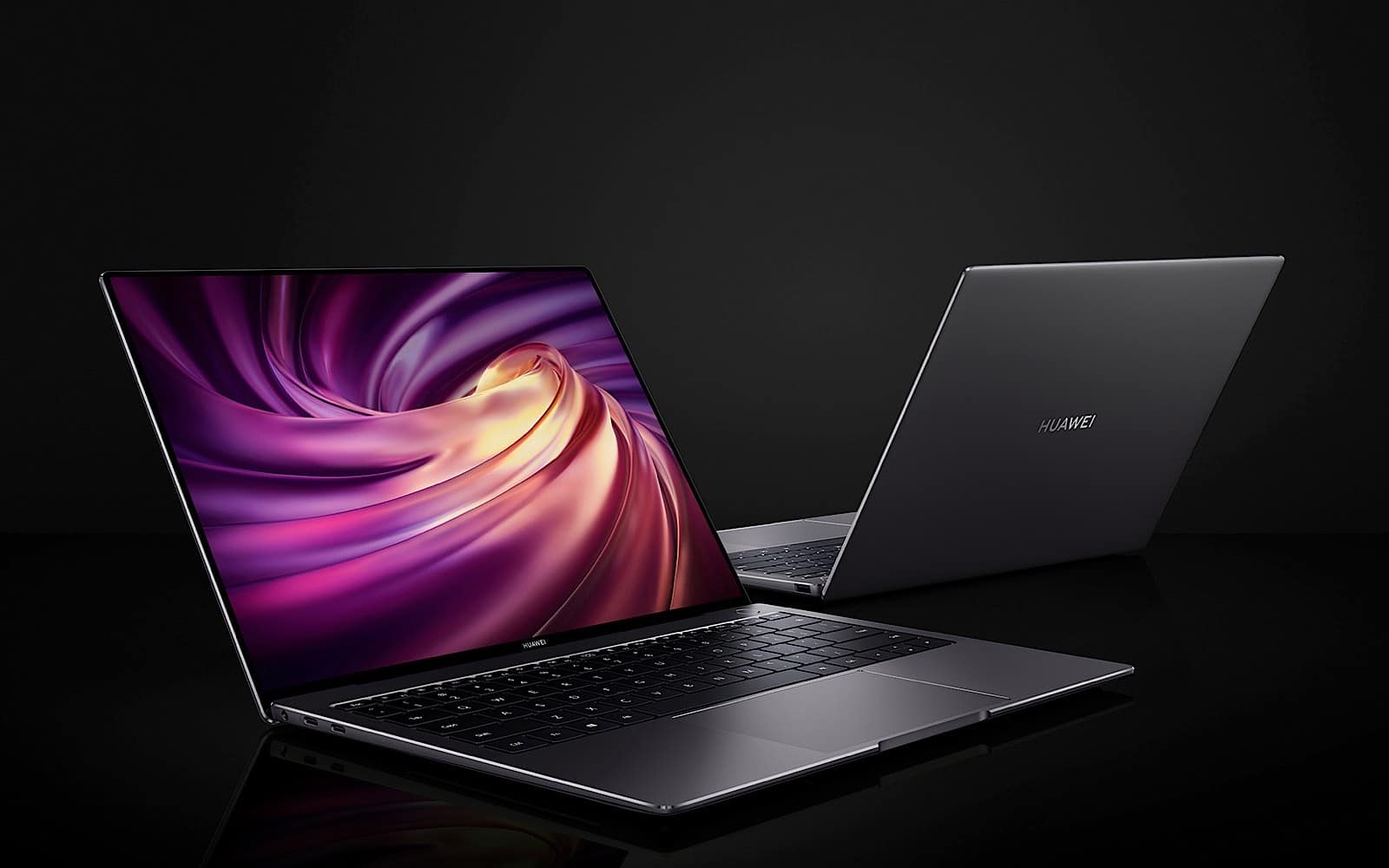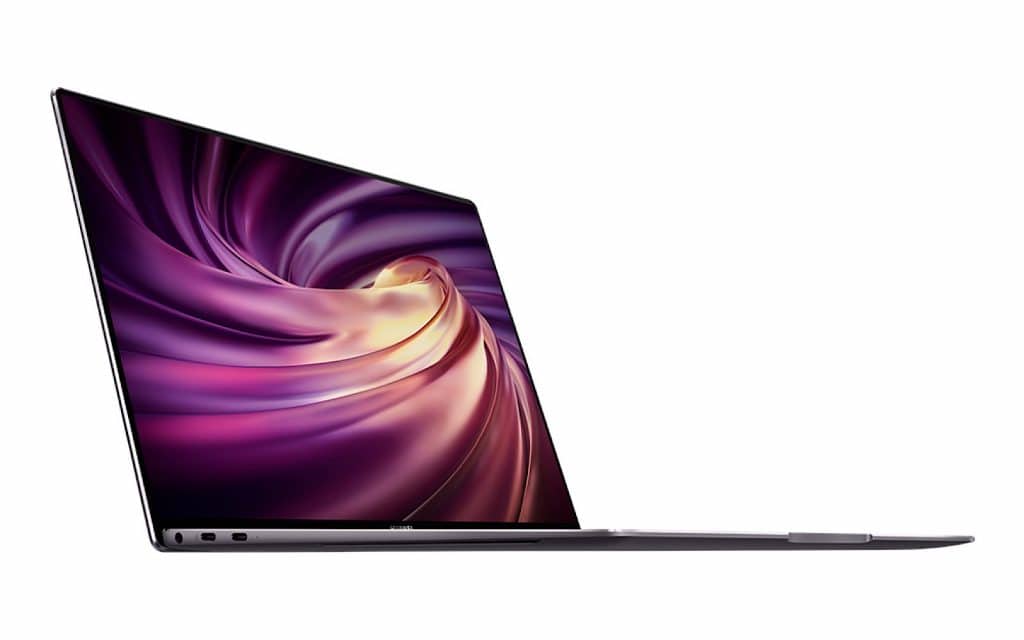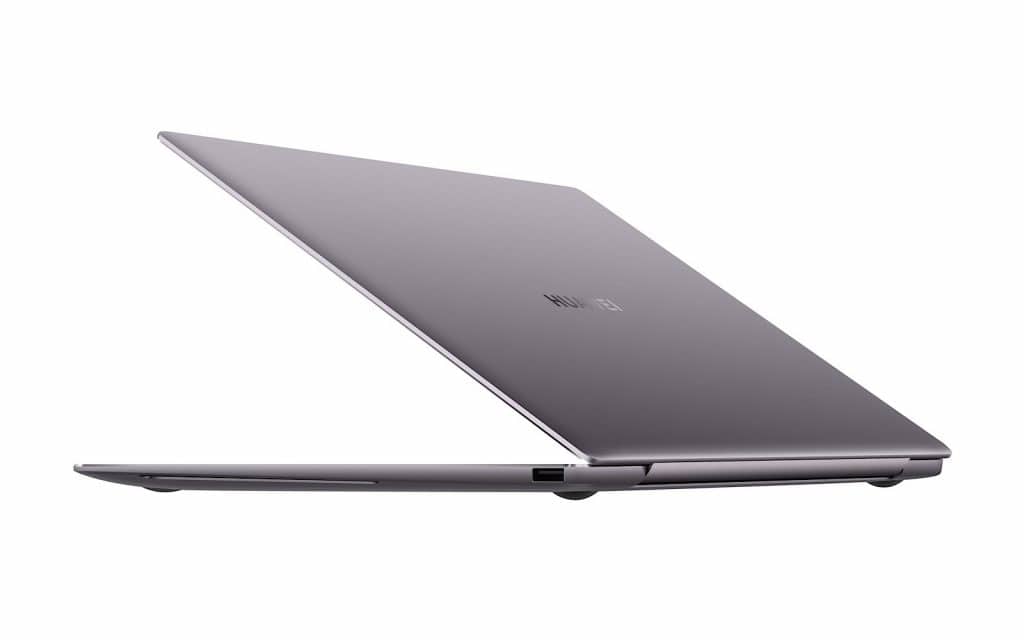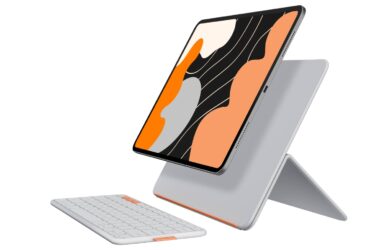With an aluminium body, slim design, and a focus on getting the computer to talk to phones from the same company, it’s hard not to see what Huawei is trying to do here.
Not every phone maker also has computers in Australia, though many have tried. LG makes phones and used to have laptops locally, while Dell makes computers and even tried a phone at least once in the past.
In fact, as far as technology companies go that offer both phone and computer in Australia, the numbers aren’t terribly high, you can count them on one hand. Apple has both, as does Razer, Samsung, and Huawei. That’s about it. Everyone else does one or the other, or has dabbled in the past and subsequently given up.
There are reasons why it makes sense to do both, but one of the main ones is integration: simply put, if you make both, you can connect the two and have them do unusual things.
It’s why iPhones integrate so well with macOS, because Apple makes the operating system for both phone and computer, and has a lot of control over the hardware.
PCs don’t typically offer the same approach to compatibility, but it’s beginning to change. Dell offers integration with iPhone and Android to some of its PCs, while Samsung’s computers typically provide a way for Samsung phones to connect using its DeX “desktop experience”.
Huawei is joining this bandwagon, though the requirement appears to be a Huawei phone, which last year would have included an easy recommendation, though this year is a little more difficult.
Provided you’re sporting a recently updated Huawei phone, you may find Huawei’s latest laptop a little compelling. Launched as the MateBook X Pro, it’s a slim metal laptop offering Intel inside and Windows on-board, continuing a design Huawei has been working on since 2018 when the laptops first launched.
There’s only one variant of the Huawei MateBook X Pro 2020, so it’s at least hard to get it confused, but you’ll find an Intel Core i7 10th-gen chip, 16GB RAM, and 1TB of solid-state storage, plus an Nvidia GeForce MX250 graphics chips, making it just that little bit more gamer friendly (but not much) than standard Intel graphics.
Huawei’s focus on a big screen is one of the key features here, because while the 13 inch screen is normal for laptops, Huawei has minimised the bezels significantly, providing what is basically a “FullView” laptop screen and getting a 13.9 inch display in the MateBook X Pro, sporting a 3:2 aspect ratio that offers a little more height than the standard widescreen laptop screens out there. A slightly more unusual aspect ratio means it also comes with a slightly different resolution, sporting 3000×2000 like the Microsoft Surface Book 3.
In fact, like Microsoft’s touchscreen powerhouse laptop, the MateBook X Pro 2020 sports a touchscreen and a standard USB port, though is clearly more focused on being like Apple’s MacBook Air. The design is one of those super slim full metal bodies, and while it has a fingerprint sensor built in, we must say we’re surprised by some of what it doesn’t include.
For instance, there’s no 4G — something Huawei is known for — nor is there 802.11ax WiFi, the latest standard of wireless networking making its way out to more devices.
Huawei is hoping its integration will seal the deal for customers, with a way for both Huawei phones and laptops to talk to each other, though Huawei’s Australian arm wouldn’t say why it was just limited to Huawei devices.
Another bit of a hurdle might be the price, with Huawei targeting $3299 for its MateBook X Pro 2020 in Australia, which easily classes it in the “not cheap” category for computers in Australia.
You’ll find it in select stores across Australia this week, including JB HiFi, with a review in the coming weeks.








